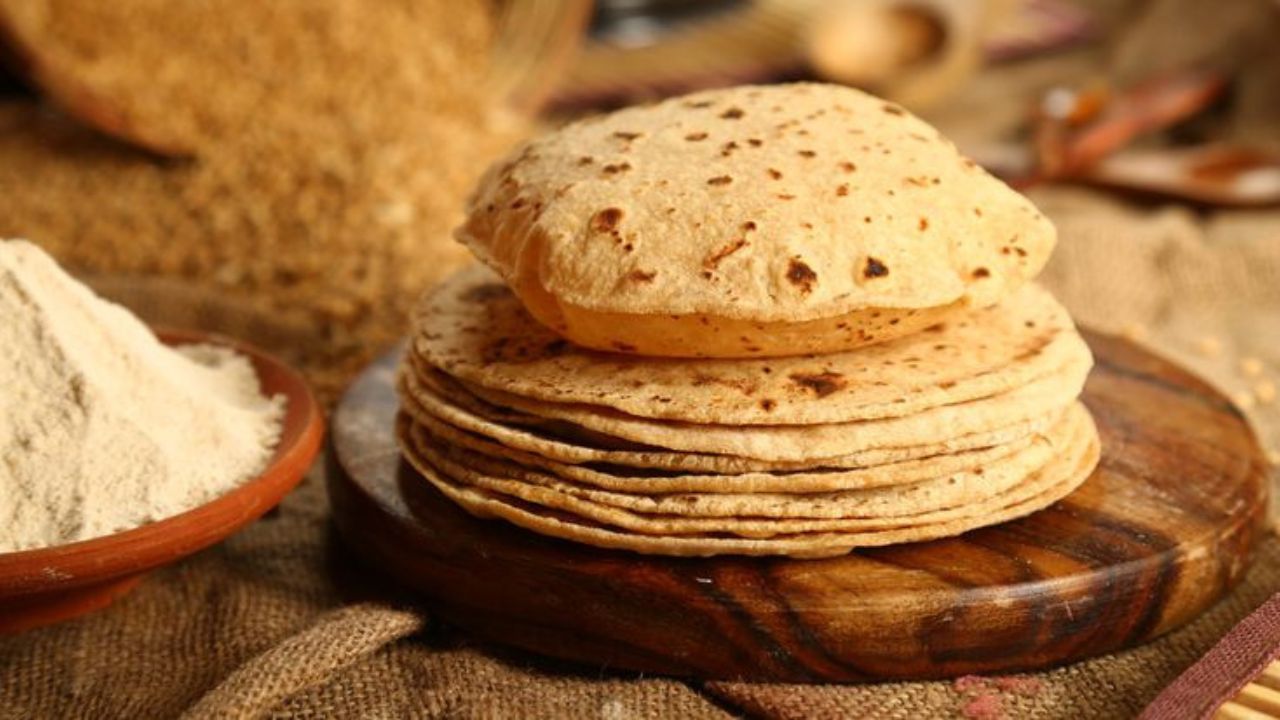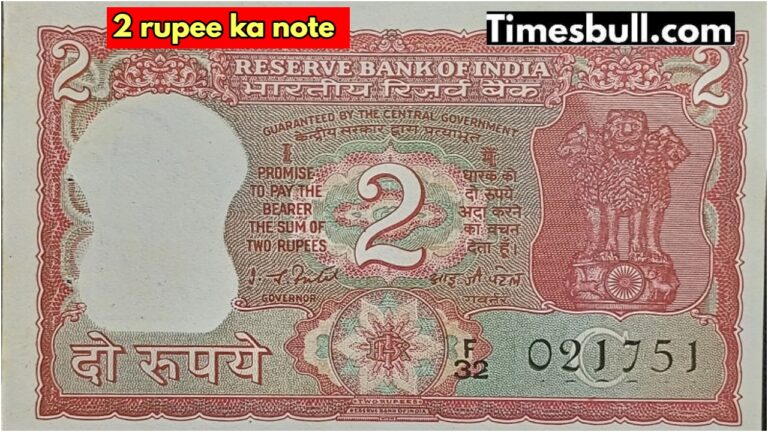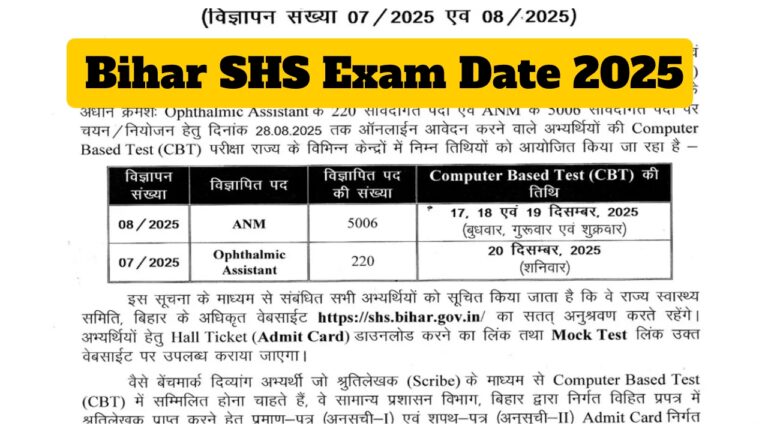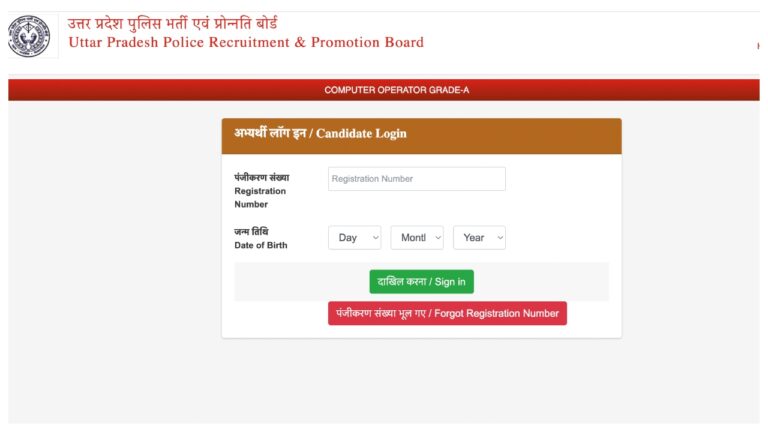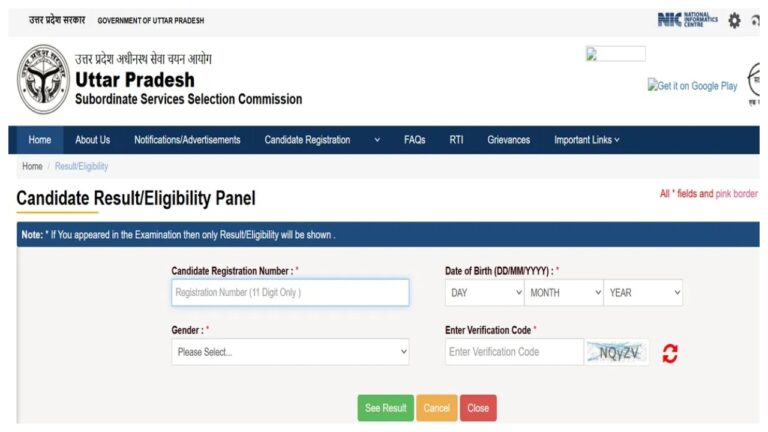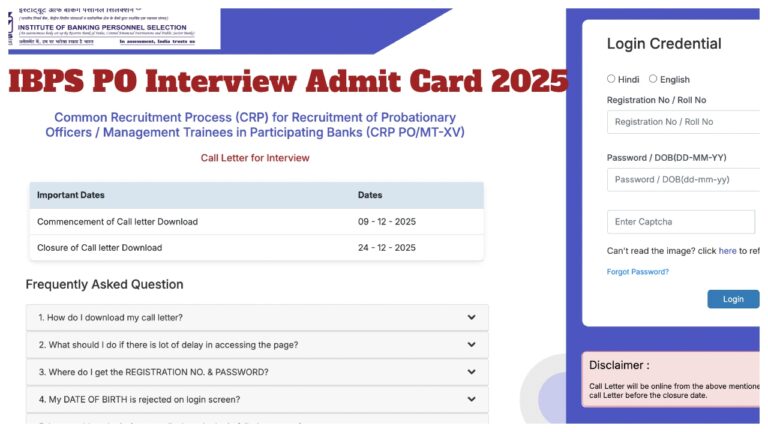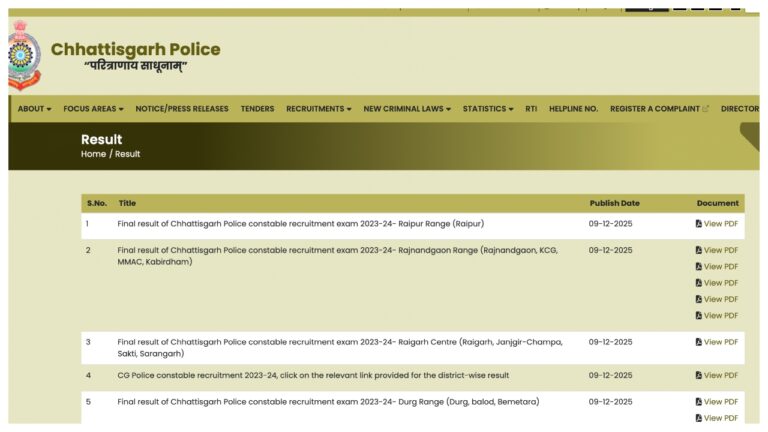Puffy Roti : Indian meals are incomplete without roti, especially in North India, where it’s a staple in every household. However, many struggle to make perfectly soft, puffy rotis that don’t turn hard or burn. If your rotis don’t puff up or become stiff after cooking, follow these expert-approved tips to achieve restaurant-style fluffy chapatis every time.
Secret to Perfectly Puffed Roti
1. Knead the Dough Right
The key to soft roti lies in well-kneaded dough. Use warm water and knead until smooth and pliable. The dough should be neither too tight nor too sticky. Let it rest for at least 15-20 minutes, covered with a damp cloth or in an airtight container. This helps gluten relax, making rotis softer.
2. Roll Evenly with Minimal Dry Flour
When rolling, avoid using too much dry flour—it makes rotis dry. Lightly dust the surface, flatten the dough ball, and roll in gentle motions for an even thickness. Rotate the dough frequently to maintain a round shape.
3. Cook on Medium-High Heat
First Side: Place the rolled roti on a hot tawa (griddle). Let it cook for 10-15 seconds until tiny bubbles appear.
Flip & Partially Cook: Turn and cook the other side for 20-30 seconds.
Direct Flame for Puffing: Now, transfer the roti directly onto the flame using tongs. It should puff up instantly due to steam trapped inside. Flip quickly to cook evenly.
4. Keep Rotis Soft for Hours
Apply Ghee Immediately: Brushing with ghee right after cooking locks in moisture.
Store in an Insulated Container: Use a hot case or wrap in a clean cloth to retain softness.
Why Your Roti Isn’t Puffing? Common Mistakes
Uneven Rolling: Thick edges prevent steam from spreading evenly.
Low Heat: Roti needs high heat to puff; a lukewarm tawa won’t work.
Overusing Dry Flour: Excess flour creates a barrier, stopping steam formation.
Final Tip
Always cook the first side (the one rolled last) directly on the flame—this ensures maximum puffing. With these steps, your rotis will stay soft for hours, just like homemade perfection!
